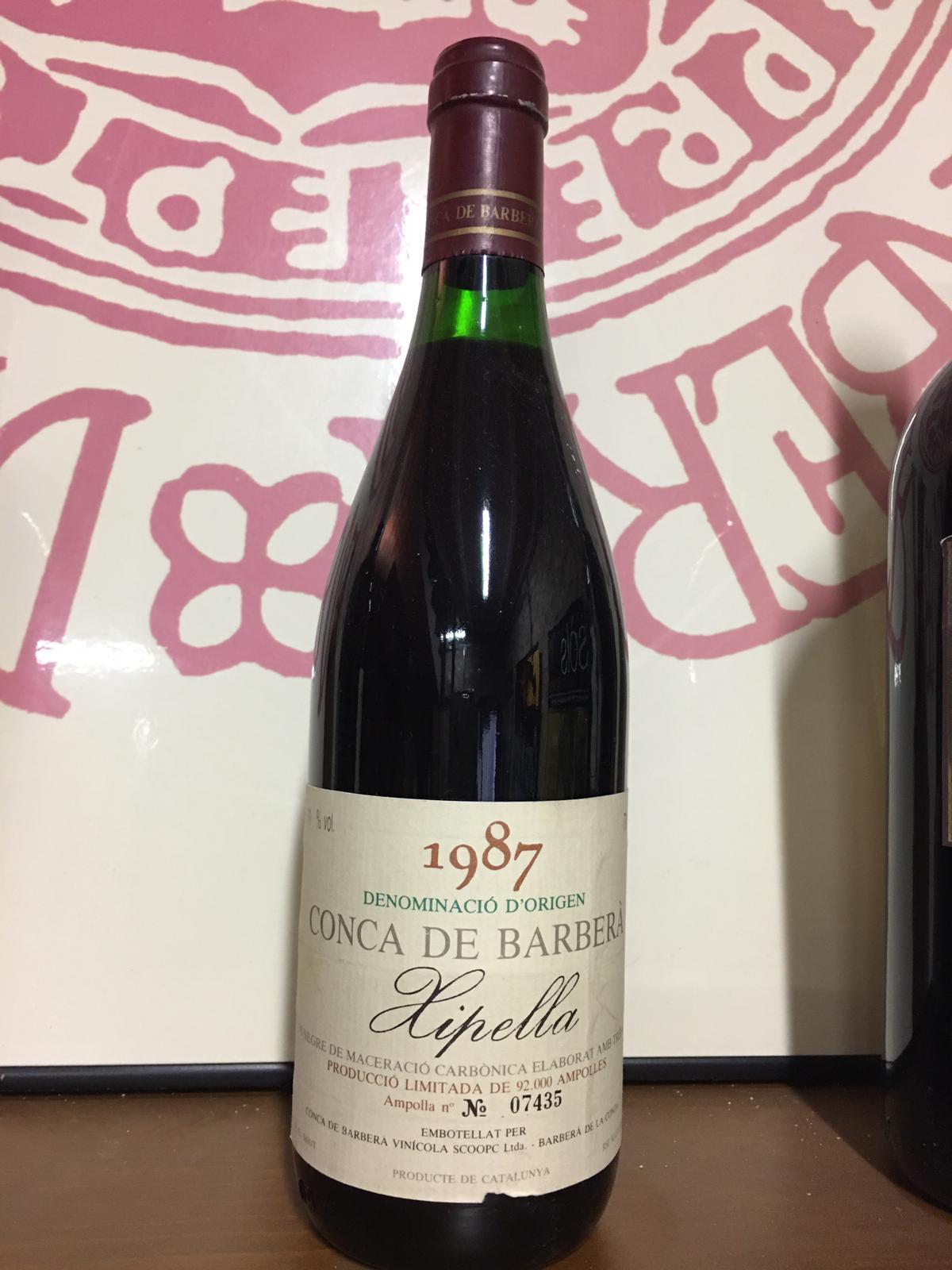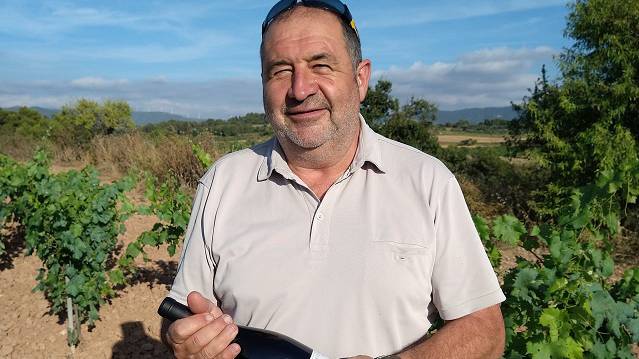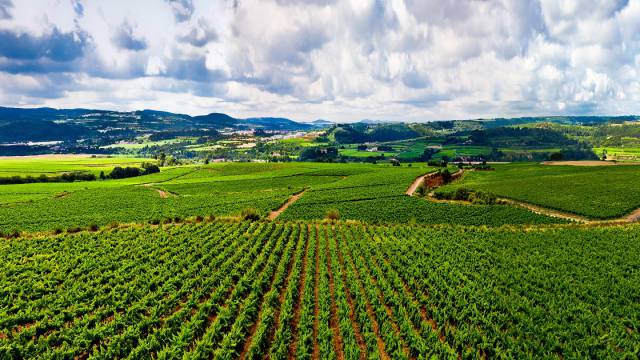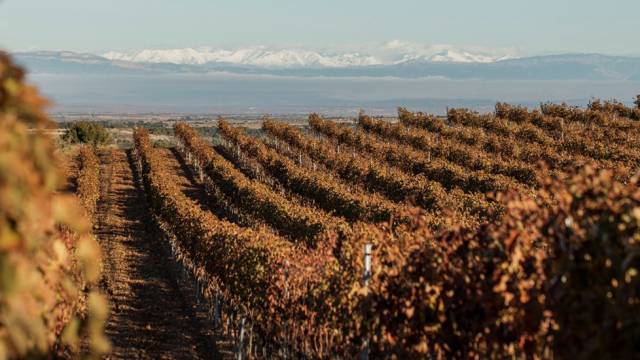Despite the doubts raised, the wine got there, and it did so as new ideas arrive, imperfect, unpolished. It was a first step, a first vintage that gave way to a second and then a third, until the wine began to shine, a shine that caught the attention of prescribers, producers in the area and consumers.
The great leap that led to the turning point mentioned at the beginning of this article was precisely to focus its communication on this new type of red wine. These elaborations had to have an impact on the conscience of the producers, to the point that today there are many producers who are committed to these vinifications, and all of this despite the fact that they are wines with a medium-low structure, which implies a lower ageing capacity, at least until someone proves otherwise.
It is commendable how the D.O., despite how reviled this variety has been in the past, has been firm in its commitment to this grape and has maintained its criteria in spite of everything, to the point of transforming the negative into positive.
In our last foray into this variety, three wines dazzled above the rest: La Font Voltada 2016 T C (Abadía de Poblet), with 93 points; Julieta 2019 T (Josep Foraster) with 92 points; and La Font Voltada 2017 T C (Abadía de Poblet), with 92 points. However, there are many more examples with which to enjoy the fresh and smooth style of their wines, such as Mas de la Pansa Trepat 2017 (91), Josep Foraster Trepat 2019 (91), Pólvora 2019 T (91), Carles Andreu Trepat 2018 (90), Domenio Trepat 2016 (90), Les Gallinetes 2019 (90) or Abadía de Poblet Negre 2018 (90).
Not everything is trepat in La Conca
In spite of this change of trend and this commitment to softer wines, the two most highly rated wines from La Conca today belong to the Familia Torres winery. The red blend Grans Muralles 2017 (95 points), a blend of grenache, carignan, querol, monastrell and garró, which in recent years has been defined as a model for rescuing some hidden Catalan varieties such as garró and querol, and the white chardonnay, Milmanda 2018 (94 points), the first wine to put the D.O. on the world wine map, are at the top of the pyramid. Both coexist in a style that seeks the elegance of structured wine, a kind of oenological taming with excellent results and with potential for ageing. The paths of wine are inscrutable.

 Log in
Log in









